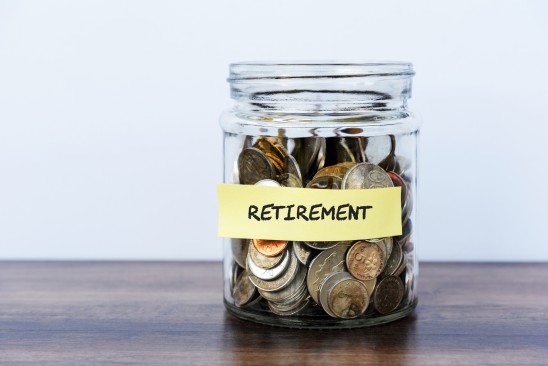
One in five Americans doesn’t think they will ever retire, while only half feel like they can save for the future, per a new Axios-Ipsos poll. Just over a third of people nearing “typical” retirement age — 55 and over — believe they’ll be able to retire when they expected to. While most workers say they want to retire someday, “roughly half the workforce, we’re talking 50 plus million people, work for an employer that doesn’t offer a retirement plan,” says a senior policy advisor at AARP. But good news for those who’ve managed to retire: 68% say they feel better than ever.
By Emma W. Thorne, Editor at LinkedIn News

As Gen X approaches retirement, millions have almost nothing saved

In a few years, the oldest Gen Xers will be headed toward retirement… with almost no savings whatsoever.
A new report from the National Institute on Retirement Security (NIRS) finds an alarming outlook for the generation born between 1965 and 1980: a whopping 40 percent don’t have any retirement savings at all, and the typical household has just $40,000 saved up.
The outlook is even more dire for low-income Gen Xers, who typically have $4,300 or less saved.
In fact, retirement savings for Gen X is highly concentrated among the highest earners, while Blacks and Hispanics have substantially lower savings and access to retirement plans, the report found.
Women of this generation are also struggling to save money.
“Gen Xers are fast approaching retirement age, but the data indicate that the vast majority are not even close to having enough savings to retire,” said Dan Doonan, NIRS executive director. “This really isn’t surprising given the terrible retirement hand that has been dealt to the latchkey generation. Most Gen Xers don’t have a pension plan, they’ve lived through multiple economic crises, wages aren’t keeping up with inflation and costs are rising. The American Dream of retirement is going to be a nightmare for too many Gen Xers.”
Gen X is the first generation to see women enter the workforce at nearly the same rates as men, leading to a greater number of women saving for retirement than in previous generations — overall participation rates for Gen X men are 57 percent, while for women it is 53 percent.
Women lag behind men in every measure of retirement preparedness: they have lower earnings, lower net worth and are more likely to fall short of savings targets. They are also more likely to work part-time, which affects participation rates.
Even married men and women are failing to meet savings targets, the report found. While they tend to have higher saving levels than their unmarried peers, more than half of married working Gen X men and women have less than 10 percent of their retirement savings target.
“This should be cause of great concern for a generation that is quickly approaching retirement age,” the report states. “Even younger Gen Xers in their mid-forties would struggle to close that savings gap by the time they reach retirement age.”
The new report, The Forgotten Generation: Generation X Approaches Retirement, examines a wide range of metrics for assessing retirement preparedness, including sponsorship, take-up and participation rates in employer-provided retirement plans. Gen X is the first generation to enter the labor market following the shift from defined benefit pension plans to 401(k)-style defined contribution amounts.
A big part of the problem is that many Gen Xers don’t have access to retirement plans through their employer, said Tyler Bond, research director for NIRS and one of the authors of the report. Only 14 percent of Gen Xers have a pension plan and only about half are participating in a retirement plan at their job, he said.
“As a result, a large share of Generation X has virtually nothing saved for retirement and most who are saving are not close to savings targets that will enable them to retire with their current standard of living,” Bond said. “Accruing savings takes time and Social Security alone won’t provide enough retirement income.”
While there has always been a significant gender disparity overall when it comes to participation rates and balances in 401(k), a recent report by Bank of America Corp. found that younger women are actually bucking that trend.
That report found Gen Z women – those 26 and younger – have overtaken their male counterparts in total retirement savings, with 3 percent higher account balances on average.
The findings are in line with a report released in 2022 by Fidelity Investments, which found that younger women opened retirement accounts around age 20, compared to peers of older generations, who opened them at 34.
According to a recent report by investment firm T. Rowe Price, women face unique challenges when saving for – and supporting themselves through -retirement. For one, women earn less than men and end up saving less for retirement as a result. They also generally live longer than men, making it even more important to have enough set aside for a longer retirement.
“Ultimately, women need to take their own needs into consideration when planning for retirement,” said Judith Ward, thought leadership director for T. Rowe Price. “Taking steps to improve your finances, and being intentional about earnings and savings, can position you for a more secure retirement.”
